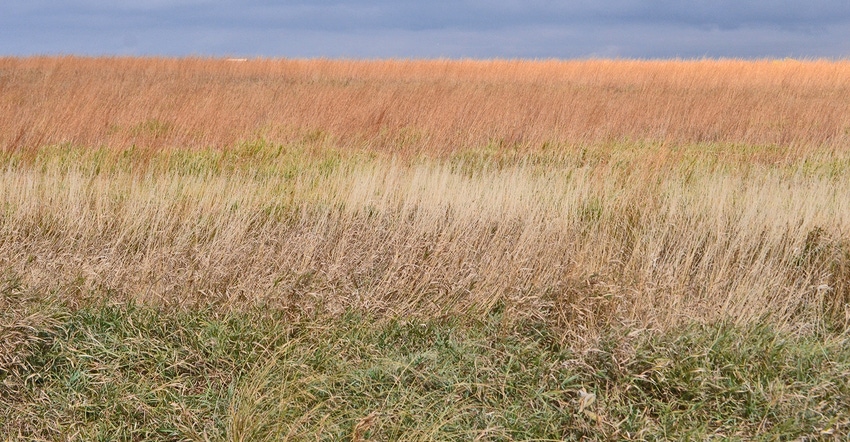January 29, 2018

I heard something new about the 2018 Farm Bill when I was listening to Mike Jaspers, South Dakota secretary of agriculture, being interviewed recently on South Dakota Public Broadcasting program "In The Moment."
Jaspers, a corn-soybean grower and cattle producer, said he thinks that the focus of conservation programs in the farm bill may shift from the Conservation Reserve Program to the working lands conservation program.
Due to increases in land values, CRP costs more than it used to. A working lands conservation program may cost the government less than CRP because it would allow farmers to use the land, too. It would keep the land in production and on the market, which would help established farmers who are looking to expand and young farmers who want to get started. It would still be a plus for conservation. There’s plenty of evidence that CRP ground needs to be grazed to maintain its full conservation and wildlife habitat potential.
Some farmers and farm groups have been complaining about the way CRP works and how it affects the farm economy since its inception. It’s nice to see that program may change for the better.
Precision ag degree at SDSU
I’m not sure I appreciated the significance of Raven Industries’ recent $5 million donation to South Dakota State University for a new Precision Agriculture Center on the Brookings campus. Secretary Jasper said that he hopes that the donation will spur other companies to invest in the proposed facility.
I do, too. It would certainly be a big help if more companies got involved. The building is going to cost about $30 million. Taxpayers will be picking up the difference between the construction cost and private donations.
The new center will house SDSU’s classrooms, labs and offices for a new four-year degree program in precision agriculture. It is the first four-year degree in precision agriculture in the U.S., according to SDSU.
Precision ag is a great career option for those interested in agriculture. Students from South Dakota, North Dakota and Minnesota will who get a degree will have a leg up in the growing industry. It could increase SDSU’s enrollment, too. Jasper said he’s heard students from other universities have already talked transferring to SDSU for the program.
Low tech jobs
With the growing interest on high-tech jobs, though, who is going to do the low-tech jobs on farms and ranches? Agriculture needs the federal government to agree finally on immigration reform. Making it possible for people to come from other countries to work on crop and livestock farms in the Dakotas and other states need to be part of the fix.
As long as the U.S. doesn’t have a workable immigration program, expansion in agriculture — especially in livestock enterprises — will be held back. Dakota lawmakers should help work out a compromise. Be sure to call your U.S. senator and representative and let them know what you want to see.
You May Also Like




